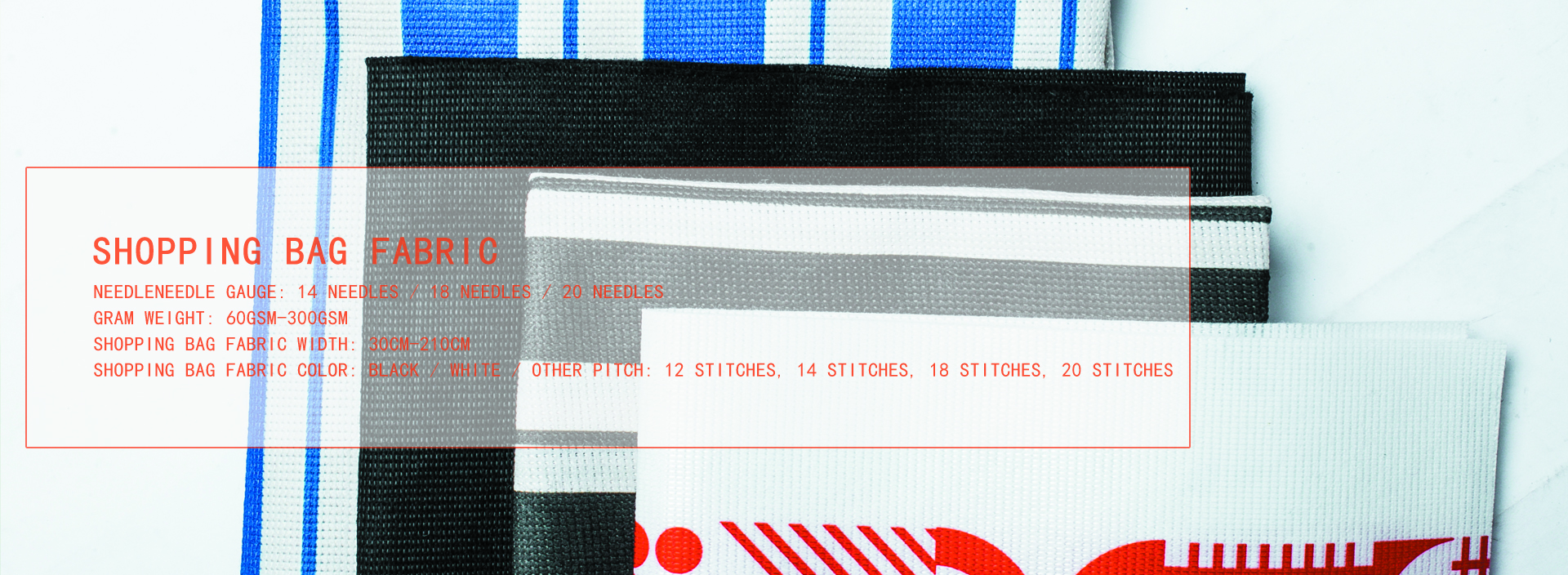Before laying the composite geomembrane, the excavation and inspection of the exhaust trough, the cleaning and leveling of the bottom of the warehouse and the inclined surface must be completed.

1. In laying, all tree roots, weeds and sharp stones must be removed, and the mat for laying sand and gravel must be level and flat. Protrusions and depressions are not allowed, and they must be compacted tightly. Eliminate all stagnant water in the laying area.
2. Before cutting the impermeable film, measure its relevant dimensions, and then actually cut it so that the width of the seam between the film and the film in the film laying is more than 100mm, and the arrangement direction of the seam is parallel to the Sakako line, that is The gradient direction is arranged.
3. The anti-seepage composite geomembrane in the center must be laid in the shape of "", and its specific fold height and fold angle should meet the requirements of the construction drawings. When laying anti-seepage composite geomembrane, wrinkles should be formed, and in order to cope with deformation, it should be kept loose.
4. The composite geomembrane and the foundation and supporting layer must be flat and tight, avoid fiction, eliminate air bubbles, and ensure safety.
5. Perform process test before construction of composite geomembrane joints, and conduct tests such as comparison of welding equipment, welding temperature, welding speed and construction technology.
6. Welding of the impermeable membrane uses a wedge welding machine, using dual-track hot melt. For places that cannot be welded with a wedge welder, please use an extrusion hot-melt welder with a welding rod of the same quality as the raw material to form a single weld for surfacing.
7. The welding is required to be neat and beautiful, without sliding welding and jumping phenomenon.
8. When the length of the geomembrane is insufficient, it needs to be stitched in the longitudinal direction. Please weld the horizontal welding first, and then the longitudinal stitching. The horizontal welding is separated by more than 500mm to form a T-shape, and no cross is allowed.
9. When welding the film, do not push out the dead zone. When laying geomembrane, according to the local temperature change range and geomembrane performance requirements, ensure the amount of expansion and contraction caused by temperature changes.
10. The geotextile is stitched, and the joint width is more than 10cm. According to the project experience and the results of the preliminary design stage, this project adopts the anti-seepage scheme of laying composite geomembrane for the whole reservoir. The anti-seepage composite geomembrane at the bottom of the reservoir and the slope is double-cloth and one-membrane. The PE film thickness is 0.5mm, the upper and lower geotextiles are 300g/m2, and the soil pressure weight on the composite geomembrane at the bottom of the reservoir is 0.8m. The composite geomembrane of the slope in the reservoir is provided with dry foundation stone and crushed stone protective layer, and a coarse sand cushion layer of 150mm is set. The thickness of the dry foundation stone above 171.30m is 25cm, and the thickness below is 50cm.
The bottom of the reservoir is covered with geomembrane. As the groundwater rises, the air in the soil voids is further compressed. If the gas cannot be effectively discharged immediately, the geomembrane is in danger of being penetrated. Design combined measures of drainage and exhaust blind ditch, check valve and weight. A medium-coarse sand cushion with a thickness of 150mm is laid under the composite geomembrane on the bottom of the reservoir and the slope of the embankment. The drainage and exhaust blind ditch is arranged at an interval of about 50m. The blind ditch size is 30*30cm. The blind ditch is equipped with a 10cm soft water pipe. Sand, coarse sand 300g/m2 short-line geotechnical
The thickness of the soil is designed to be 0.8m on the horizontally spreading forming film of the warehouse plate, and the surface layer of the soil is rolled under the horizontal push of 5~10T for 2 rounds. After the composite geomembrane is spliced and laid, it must be backfilled immediately when the thickness of the covering layer exceeds 50cm, light rolling compaction is allowed, and heavy or vibratory rolling compaction is not allowed.

